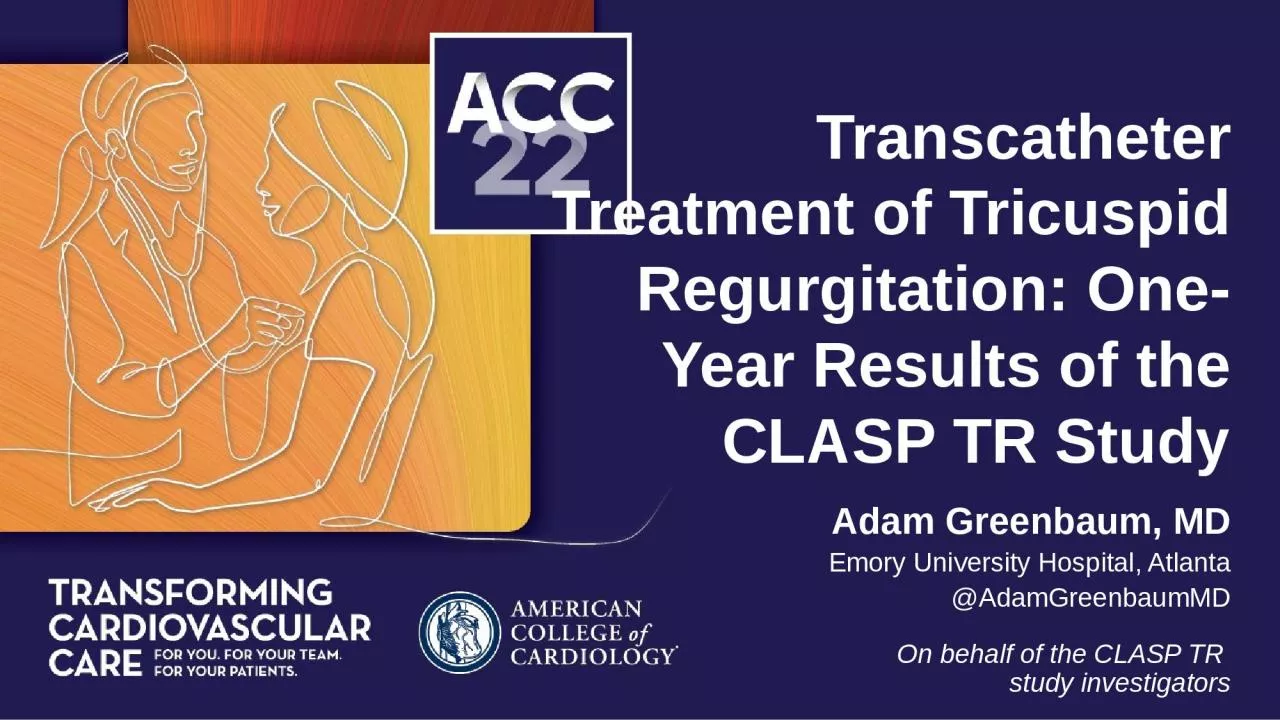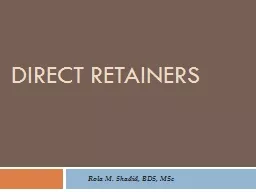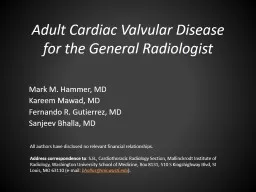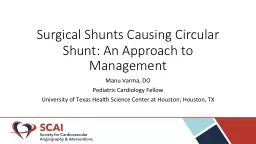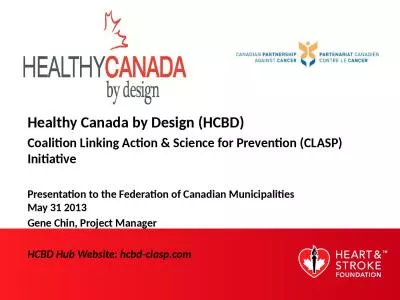PPT-Transcatheter Treatment of Tricuspid Regurgitation: One-Year Results of the CLASP TR Study
Author : CityBoy | Published Date : 2022-08-03
Adam Greenbaum MD Emory University Hospital Atlanta AdamGreenbaumMD On behalf of the CLASP TR study investigators Speaker Disclosures Speakers name Adam Greenbaum
Presentation Embed Code
Download Presentation
Download Presentation The PPT/PDF document "Transcatheter Treatment of Tricuspid Reg..." is the property of its rightful owner. Permission is granted to download and print the materials on this website for personal, non-commercial use only, and to display it on your personal computer provided you do not modify the materials and that you retain all copyright notices contained in the materials. By downloading content from our website, you accept the terms of this agreement.
Transcatheter Treatment of Tricuspid Regurgitation: One-Year Results of the CLASP TR Study: Transcript
Download Rules Of Document
"Transcatheter Treatment of Tricuspid Regurgitation: One-Year Results of the CLASP TR Study"The content belongs to its owner. You may download and print it for personal use, without modification, and keep all copyright notices. By downloading, you agree to these terms.
Related Documents

